How can I create a timewheel similar to below with logon/logoff event times? Specifically looking to correlate mean login/logoff time correlated to the day of the week in a time wheel fashion? The Picture below is an example but I am looking for times going around the clock with days of the week where the times are now in the picture. I have python available to me and data sets that include login times. I would also like to correlate colors to user types such as admins vs regular users or something of that nature. Any thoughts on how to accomplish this would be great.
Some sample data is below in a pandas dataframe
df:
TimeGenerated EventID Username Message
2012-04-01 00:00:13 4624 Matthew This guy logged onto the computer for the first time today
2012-04-01 00:00:14 4624 Matthew This guy authenticated for some stuff
2012-04-01 00:00:15 4624 Adam This guy logged onto the computer for the first time today
2012-04-01 00:00:16 4624 James This guy logged onto the computer for the first time today
2012-04-01 12:00:17 4624 Adam This guy authenticated for some stuff
2012-04-01 12:00:18 4625 James This guy logged off the computer for the last time today
2012-04-01 12:00:19 4624 Adam This guy authenticated for some stuff
2012-04-01 12:00:20 4625 Adam This guy logged off the computer for the last time today
2012-04-01 12:00:21 4625 Matthew This guy logged off the computer for the last time today



